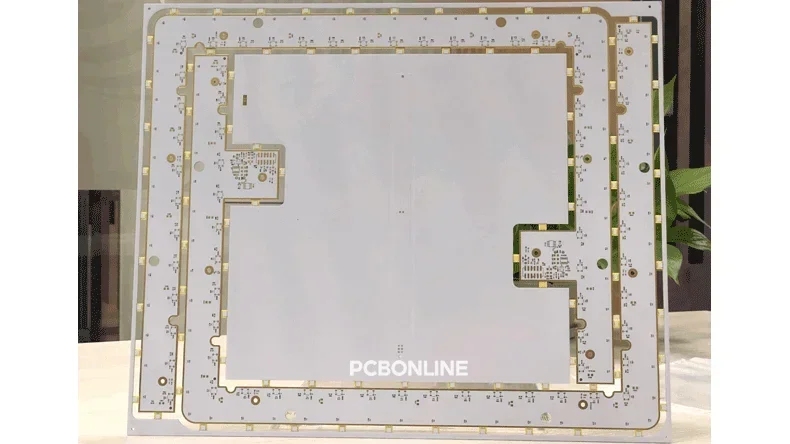
In the PCB (printed circuit board) industry, it is common to panelize several boards on the same panel for PCB fabrication and assembly. PCB panelization improves the utilization of the PCB laminate sheet and SMT (surface-mount technology) assembly efficiency.
There are several options to panelize the PCB boards, including CNC + V-cut, V-cut, hall-holes, etc. How to determine the option for PCB panelization? This blog answers this question.
Introduction of PCB Panelization
PCB paneliztion means arranging multiple boards of a PCB design to group them into an entire panel for PCB fabrication and assembly. If you panelize multiple boards of different PCB designs on the same panel, the PCB manufacturer calls it PCB order pooling.
The length and width of the PCB panel should be as close as possible, so it is common for PCB panelization in the array of 2x2, 3x3, etc.
Edge rails are usually added to the PCB panel, and there are 4 NPTH (non-plated through-hole), each with an aperture of 4mm.
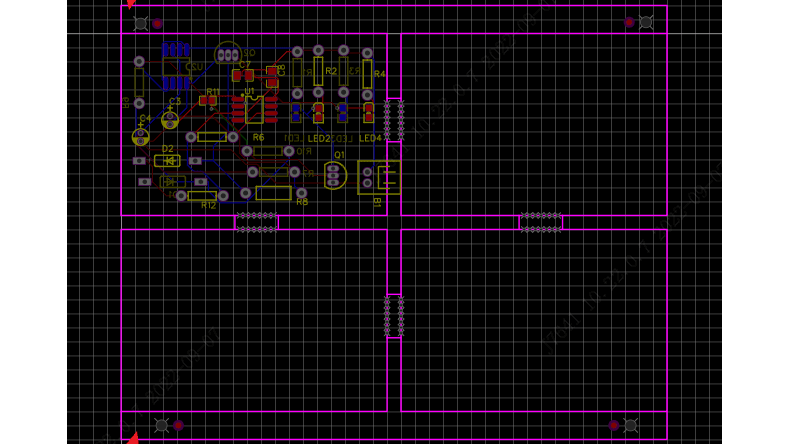
PCB panelization is common for PCB manufacturers to improve the utilization of PCB sheets. If you don't know how to panelize the PCBs, PCB manufacturers such as PCBONLINE can do PCB panelization for you. Here are several reasons for PCB panelization:
- 1. PCB panelization is necessary for small PCBs whose size is smaller than 50mm x 50mm. 50mm x 50mm is the minimum panel size that an SMT assembly line can deal with. For SMT assembly, small PCBs must either be panelized or placed on a jig.
- 2. Improved sheet utilization: Through PCB panelization, most of the laminate sheets are used. Especially for special-shaped PCBs, PCB panelization can minimize the waste rate.
- 3. Efficient SMT assembly: With PCB panelization, multiple PCBs are mounted with SMDs (surface-mount devices) at one time and the assembly fees are reduced.
4 Options for PCB Panelization
In various PCB design tools, the PCB panelization steps include selecting the PCB according to the fiducial marks, copying the PCB, and pasting the PCBs according to the fiducial marks. The operation in a PCB design tool is easy, what is important is determining the option of PCB panelization.
There are four options for PCB panelization:
- CNC+V-cut,
- half hole,
- V-cut,
- and connecting strip.
CNC+V-cut
Appropriate for: This PCB panelization option is suitable for all PCBs that have components around the edges.
If the distance between the edge and SMDs is within 3mm, the PCB panelization uses the CNC and V-cut method.
For example, you can see the figure of PCB panelization in the CNC + V-cut way. The four sides of the PCB panel are edge rails for SMT assembly. The laminate material between the PCBs and edge rails is milled away by CNC (computerized Numerical Control) routing, which prevents components around the PCB edges from protruding outside the board causing SMT assembly failure. The V-cut lines between the PCBs and edge rails are punched out, and the remaining thickness is about 1/3 of the PCB panel thickness.
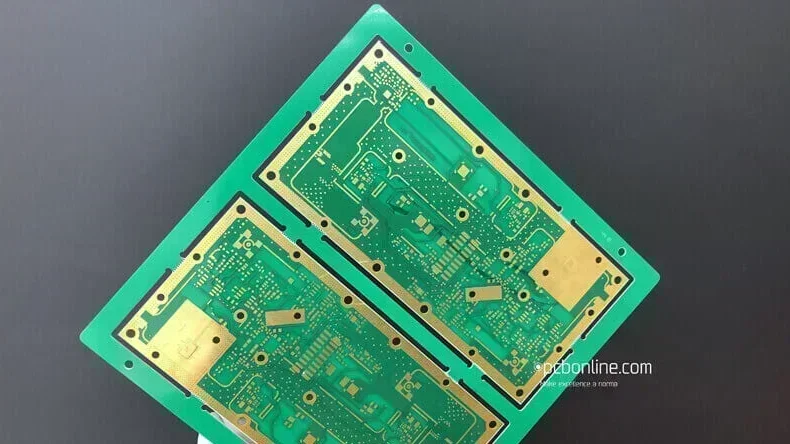
Note: Edge rails are the parts on two sides or four sides of the PCB panel for the SMT line's guiding rails to clamp the PCB panel for SMD mounting and reflow soldering. Another name for edge rails is break-away.
Half hole
Appropriate for: This PCB panelization option is suitable for round PCBs, special-shaped PCBs, and all PCBs that can't use V-cuts.
The PCB panelization option of half holes is using half holes to bridge between the adjacent PCBs and the edge rails. For all PCBs that have components around the board edges, it is a good PCB panelization option as the hole bridge is easy to take off and leaves almost no signs of breakage on the PCB.
You can see the half-hole PCB panelization in figure-2. The half-hole bridges connect the PCBs and edges. The X and Y spacing between the PCBs and edge rails are punched by CNC routing.

Example: Here's a PCB panel using half-holes for panelization manufactured by PCBONLINE. The PCB panel includes two specialized-shaped FR4 PCBs. Generally, each row has 5 half holes, each half hole's aperture is 0.65mm, and the distance between the two half holes is 1mm.
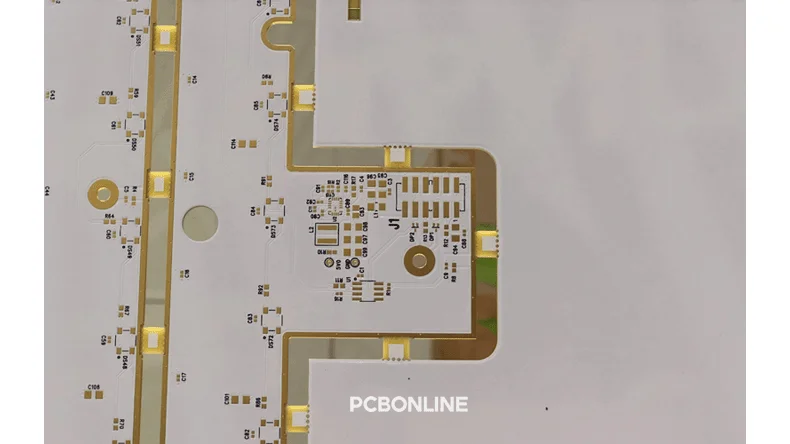
V-cut
Appropriate for: This PCB panelization option is suitable for PCBs with straight edges and there are no components around the edges.
The width of the V-cut is usually 0.4mm.
The V-cut PCB panelization option means between the PCBs there are only V-cut lines. Without the additional distance, this PCB panelization way uses the laminate sheet to the greatest degree.
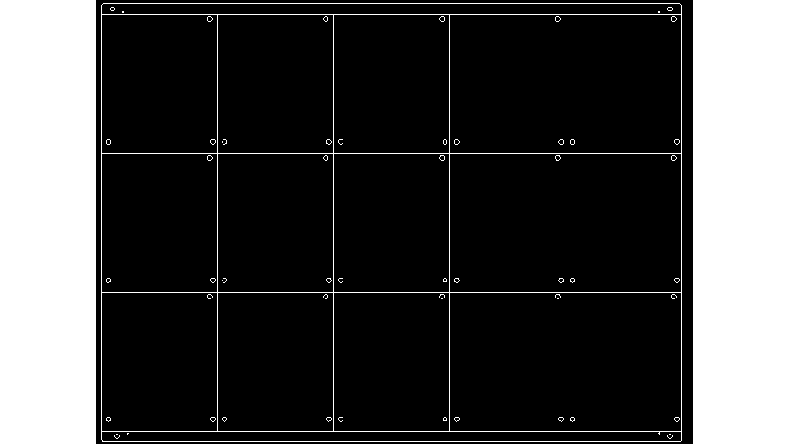
More than this, sometimes, PCB designers even don't add edge rails on the PCB panel to save sheet materials to the greatest extent.
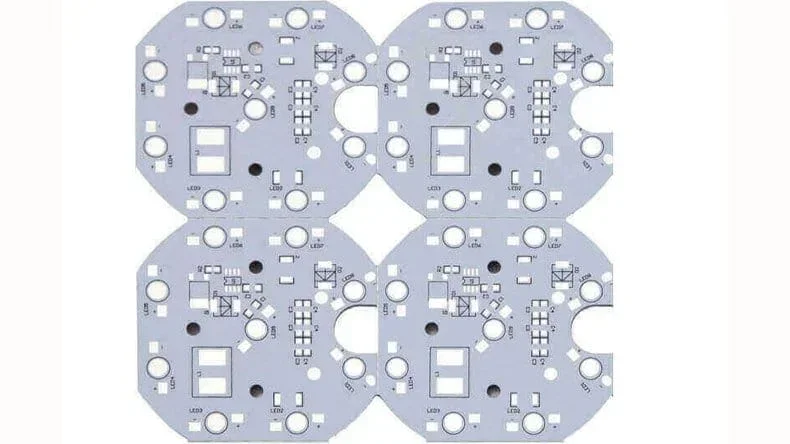
However, The V-cut PCB panelization without CNC routing requires the PCB to have no components around the edges (the distance between the component and the PCB edge should be 3mm or above).
CNC connecting strip
Appropriate for: This PCB panelization option is suitable for PCBs with edges in half vias.
Many PCB manufacturers call this PCB panelization option a hollow connecting strip. This PCB penalization is using CNC to punch the spacing between the PCBs and edge rails and leaves only the corners with a small prepreg connection. In the connecting strip, along the corners of the PCB board, CNC cuts straight lines to facilitate depanelization.
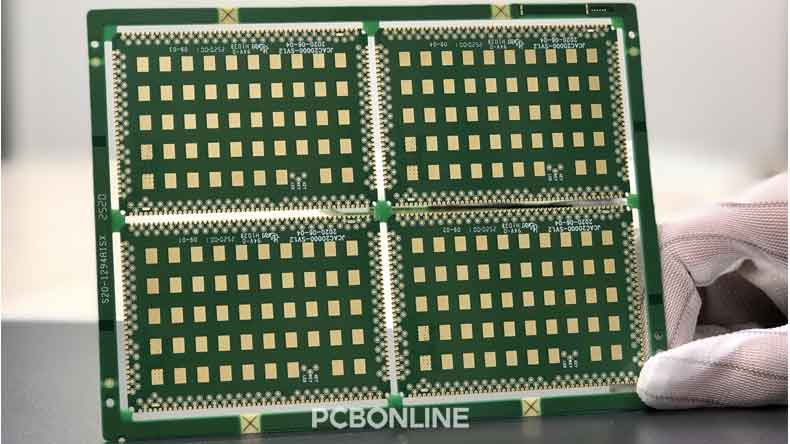
For PCBs with half-hoe edges, such as Bluetooth module PCBs, this PCB panelization is the only way to panelize multiple boards on a panel.
Now you've known about the main ways to panelize multiple boards. If you want to ensure the success of PCB panelization for PCB fabrication and assembly, you can work with a professional PCB manufacturer below.
High-Quality PCB Manufacturer Does PCB Panelization For You For Free
No worries about PCB panelization and PCB fabrication and assembly! The one-stop PCB manufacturer, PCBONLINE, provides PCB panelization for your project for free and will explain how and why to depanelize the boards according to your PCB.
Founded in 1999, PCBONLINE has two large advanced PCB manufacturing bases, one PCB assembly factory, and an R&D team providing product development and engineering support.
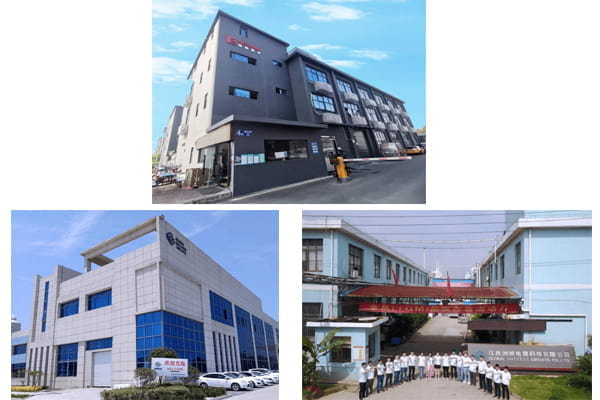
By default, PCBONLINE penalizes the multiple boards on a PCB panel in the most appropriate way and it is free.
PCBONLINE provides free DFM (design for manufacturing) fabrication and assembly of your PCB and ensures success.
PCBONLINE can panelize and de-panel any PCBs and ensures the high quality of the boards, including round ceramic PCBs.
PCBONLINE uses automatic depaneling machines to depanel the V-cut PCB panels and ensures no burrs on the PCBs.
PCBONLINE can greatly reduce your electronic manufacturing costs through PCB optimization and alternate components for PCBA.
The PCB and PCBA manufacturer PCBONLINE provides PCB fabrication and assembly from prototypes to bulk production. if you need batch production, the PCB prototypes and PCBA samples are free. You can get a quote from PCBONLINE by email at info@pcbonline.com.
Conclusion
PCB panelization allows PCB fabrication and assembly to be more economical and efficient. The main options for PCB panelization include CNC + V-cut, half hole, only V-cut, and CNC connection strip. The expert PCB manufacturer PCBONLINE can panelize and depanelize any PCBs and ensure the best quality of the boards and assemblies. If you have any questions about PCB panelization or so on, you can talk with us from the online chat window on the page.
PCB fabrication at PCBONLINE.pdf






